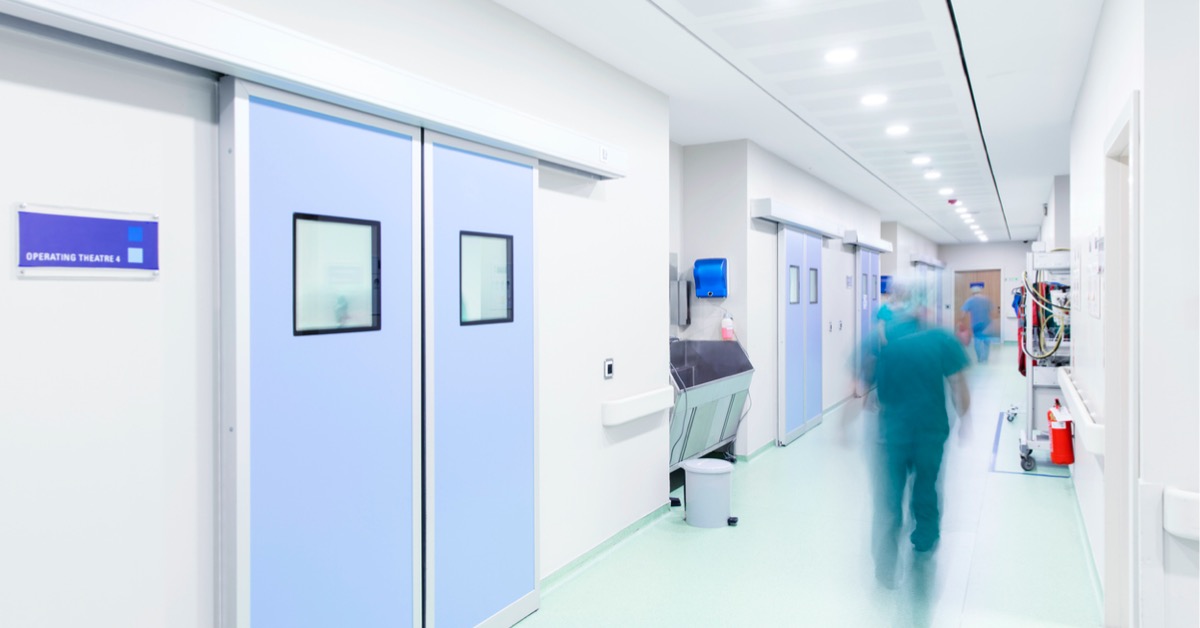
Biofilm formation in water systems is a significant concern, especially when it comes to plumbing and water quality. There are all kinds of biofilms, but the ones that inhibit drains can be some of the most problematic. They’re not only smelly and unsightly when you peer down, but drain biofilm can lead to serious health problems linked with waterborne pathogens.
What is Biofilm?
Biofilm forms when microorganisms such as bacteria, fungi, yeasts, viruses, algae, and protists stick to each other and grow on a surface. The surfaces can range from water distribution systems like drains, and rocks, to even unbrushed teeth. Biofilms protect themselves with a sticky coating known as extracellular polymeric substances.
The Problem with Biofilms & Water Safety
Researchers have identified biofilm as a significant water contaminant. It has caused a range of severe health problems, including Salmonella, Shigella, E. Coli, Campylobacter, and Yersinia.
Drains, especially in water systems, are breeding grounds for bacterial growth that leads to illnesses. One UK water research study on domestic drains found sessile populations of bacteria colonize drain conduits, with the species varying based on locations. L. paracasei, M. osloensis, and E. coli are some of the primary bacterial isolates discovered.
The risk in homes intensifies when a plumbing problem causes old water from the drains to surge into the sink, compromising water safety. Homeowners should prioritise water treatment, disinfect sink surfaces, and address their plumbing issues promptly.
However, the risks escalate in healthcare settings. Biofilm producers can lead to the formation of biofilm in pipes containing more severe infectious viruses and bacteria. The biofilm from the drainpipe might re-enter the water system when a tap is turned on. Given that many sick patients have weakened immune systems, they are highly susceptible to infections from biofilm.
How Does Biofilm Build Up in Pipes?
Drain lines and plumbing systems create the perfect environment for biofilm formation. The pipe remains wet and provides a constant source of nutrients for the biofilm. All water distribution channels, like pipes, are susceptible to developing biofilm. In homes, contaminants like raw meat juices, vegetable waste, and fats can contribute to biofilm buildup.
In the last five years, there's been a surge in the transmission of nosocomial pathogens due to biofilms in water distribution systems. The World Health Organisation estimates that about 15% of hospital patients suffer from infections caused by these pathogens. Various sources, including water splashing out of the sink, can contribute to these infections.
Clinical epidemiologists have recognised that sink drains in hospital wards harbour pathogens and are a significant risk to surgical, intensive care, neonates and cystic fibrosis wards.
How to Control and Prevent Biofilm Formation
Addressing the issue of biofilm in water systems, especially drains and pipes, can be challenging. Traditional cleaning methods using hot water and detergents often prove inadequate against the sticky protective layer of biofilm, beyond the fact they are hard to see and reach.
Most homeowners think they are cleaning away the gunk in their drains with hot water and detergents, but it’s not enough. The sticky coating protects the bacteria to ensure its survival, making it hard to destroy biofilm.
While hospitals have employed chlorine-based disinfectants and caustic soda for water treatment against biofilm, these methods have their limitations.
A more innovative solution is the Green Drain™ Clinical Version, designed explicitly for water system installations in healthcare facilities. By replacing the traditional trap seal, this system acts as a mechanical barrier against diseases, insects, and odours, proving efficient in maintaining water quality and safety.
The Green Drain™ Clinical Version comes in four different sizes to fit all new and existing floor drains and doesn't trap grease, hair, or debris like conventional drains, ensuring smooth water flow. Its self-cleaning feature negates the need for chemicals, making it a sustainable choice for maintaining water safety in healthcare settings and preventing and protecting the environment from airborne contaminants and disease transmission.
For more information about sink and drain pathogens, see our case studies pages. For more information about Green Drain the Clinical Version, call us on 1300 29 32 32 or contact us online.